The Quarantined Photographer
/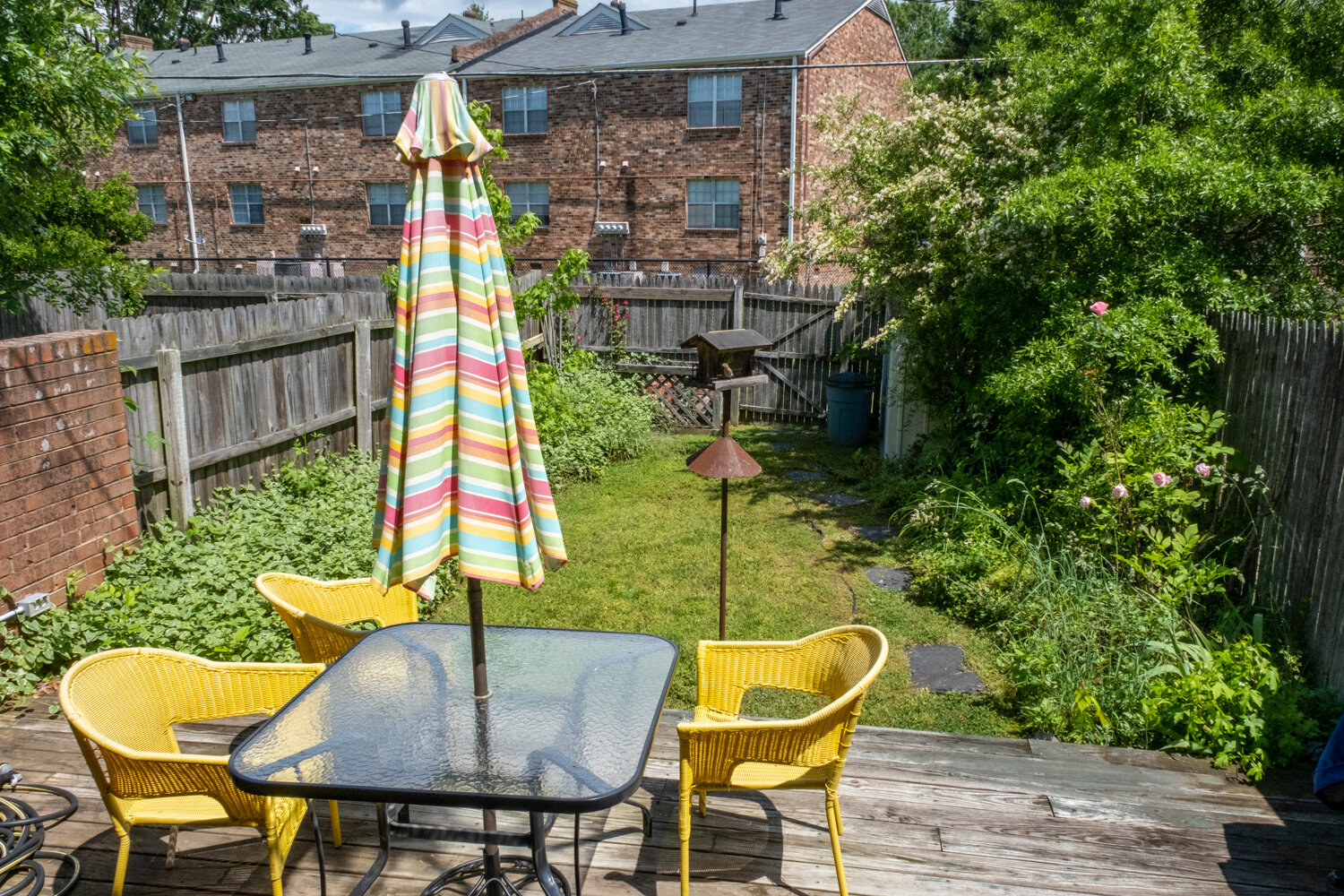
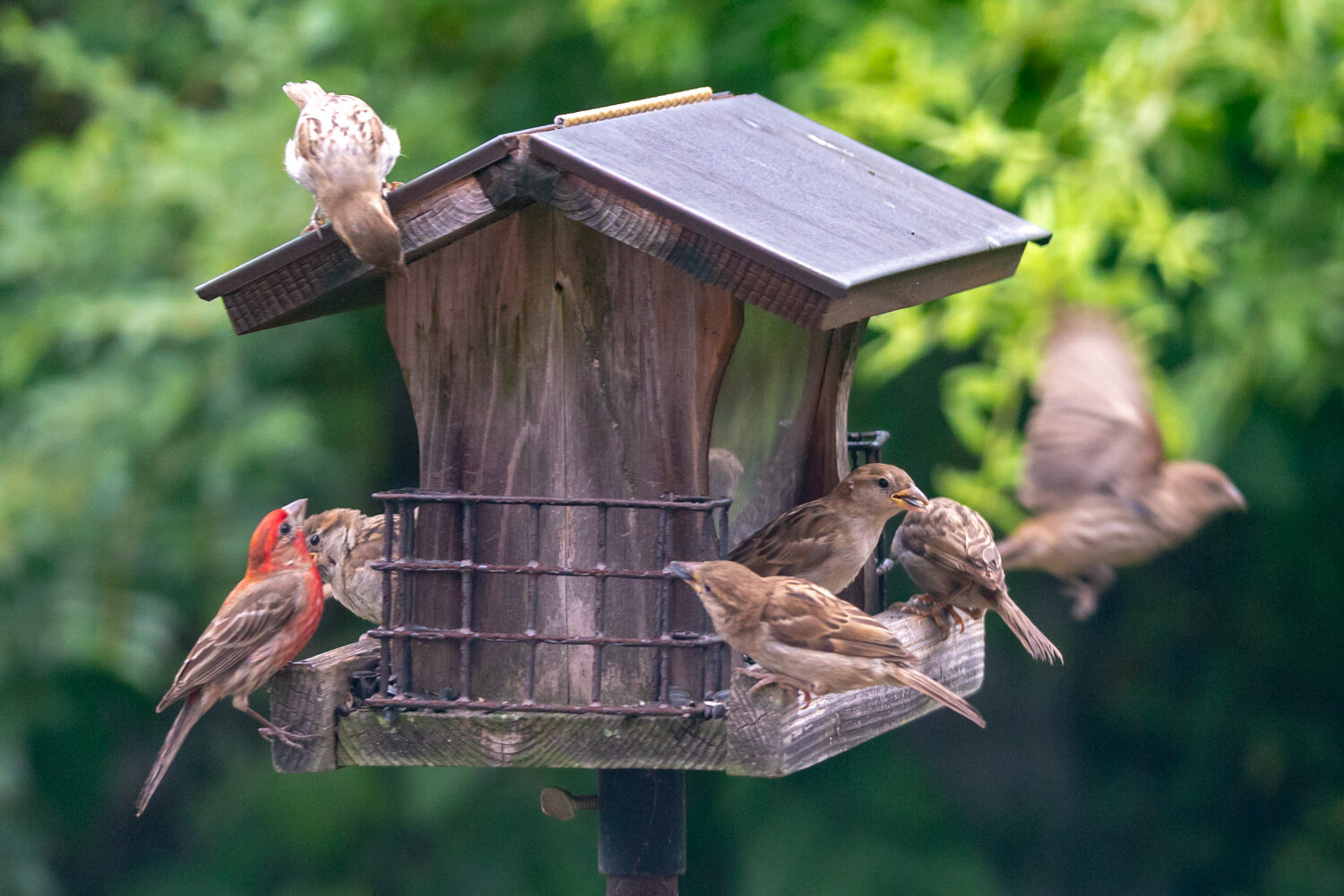
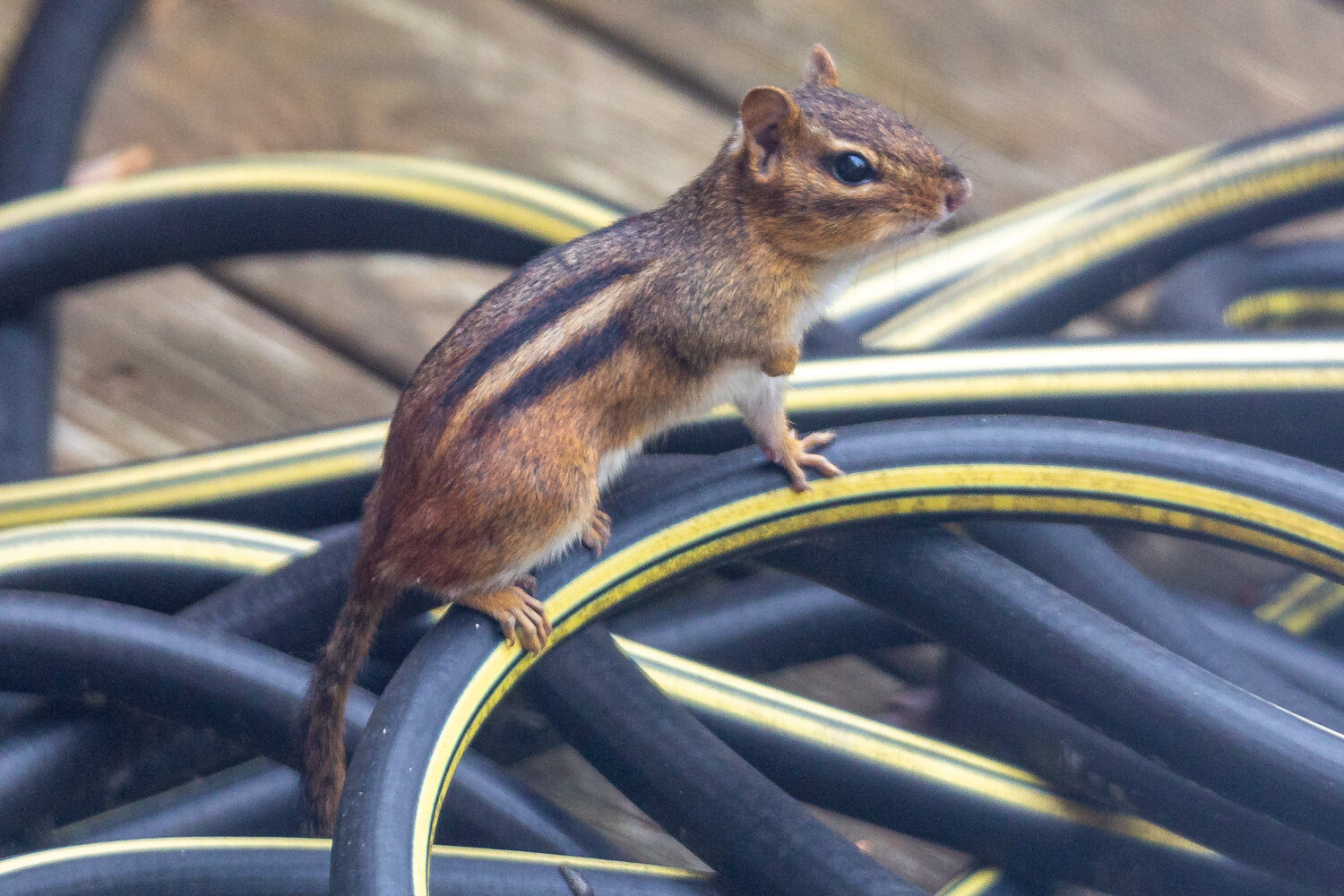
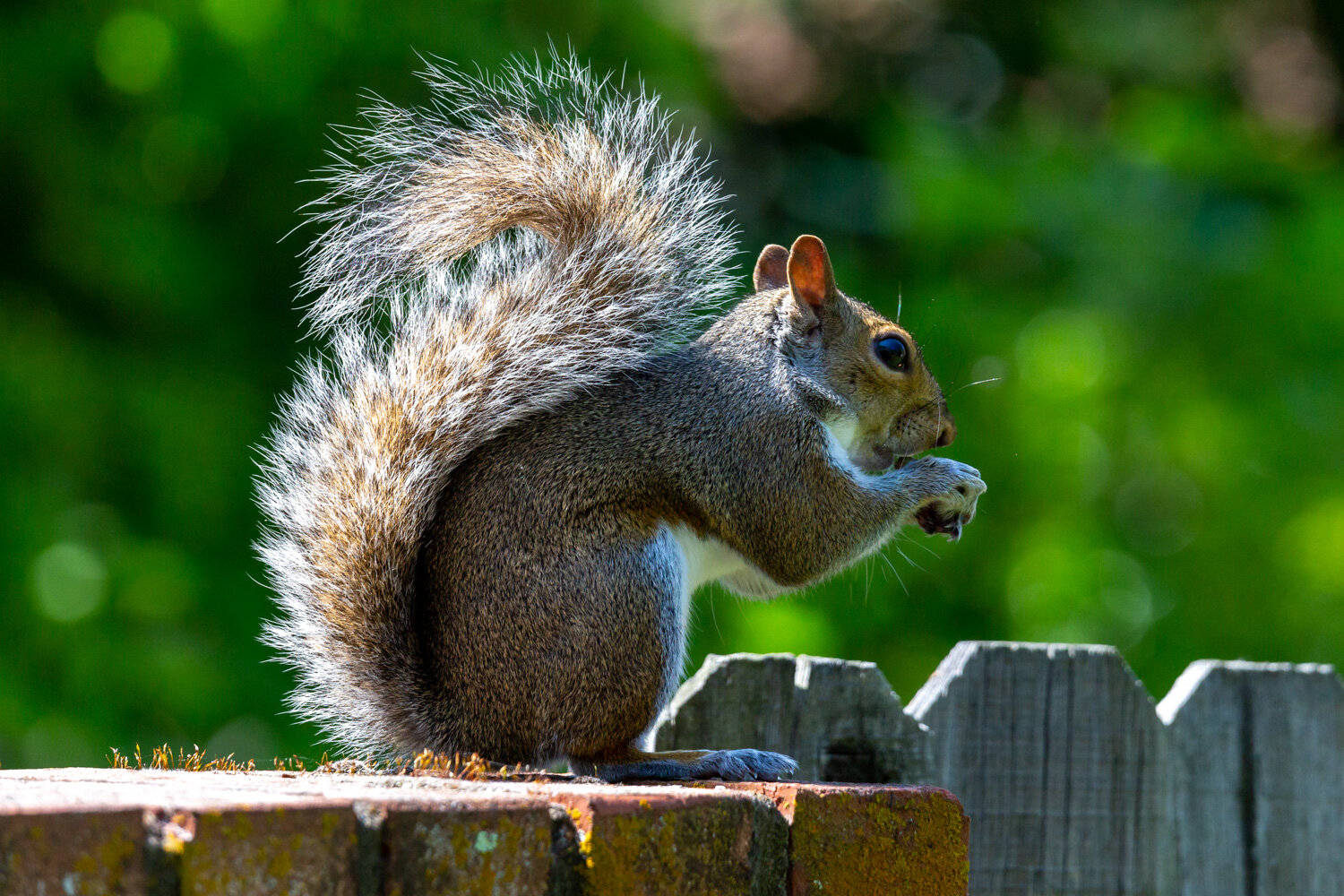
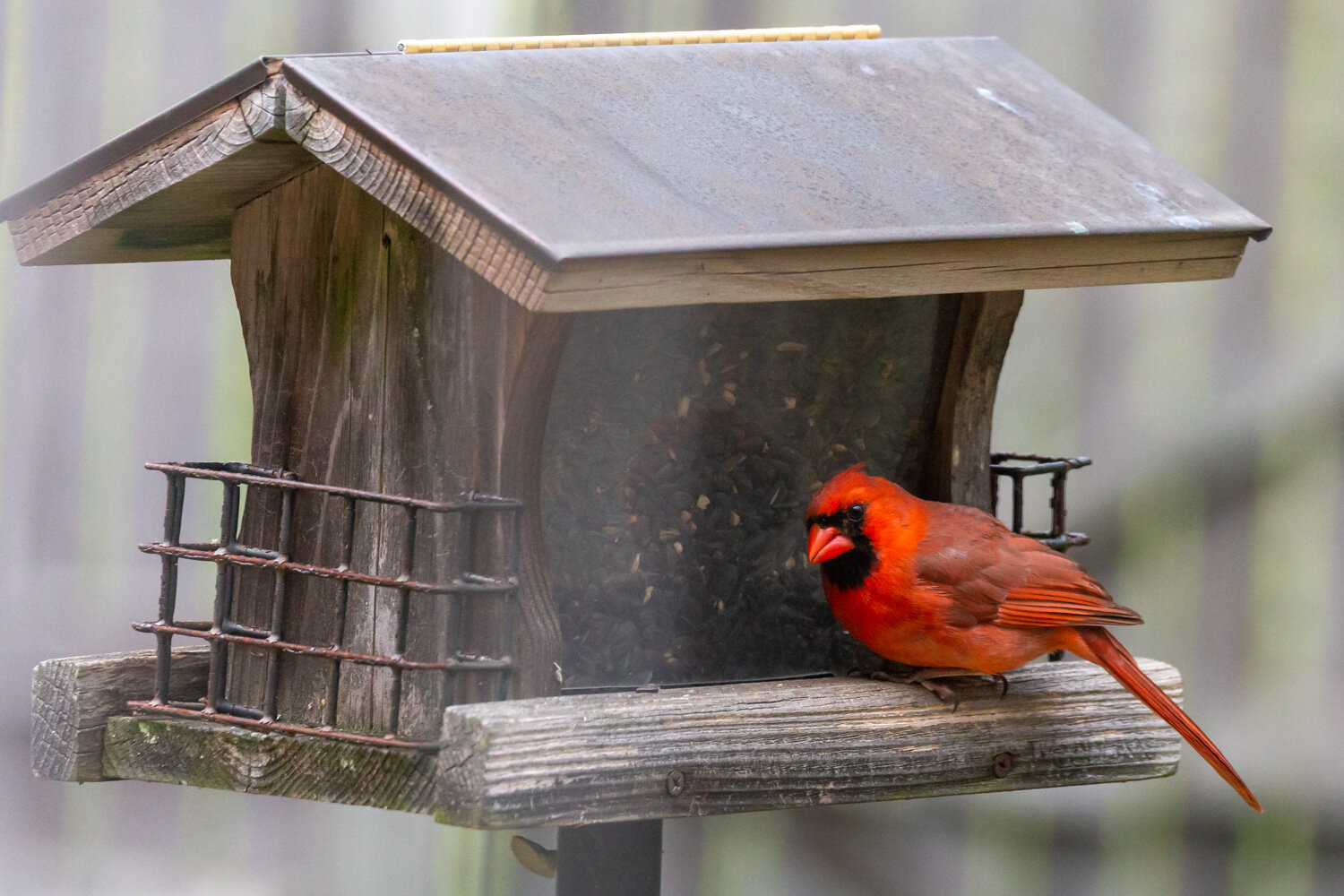
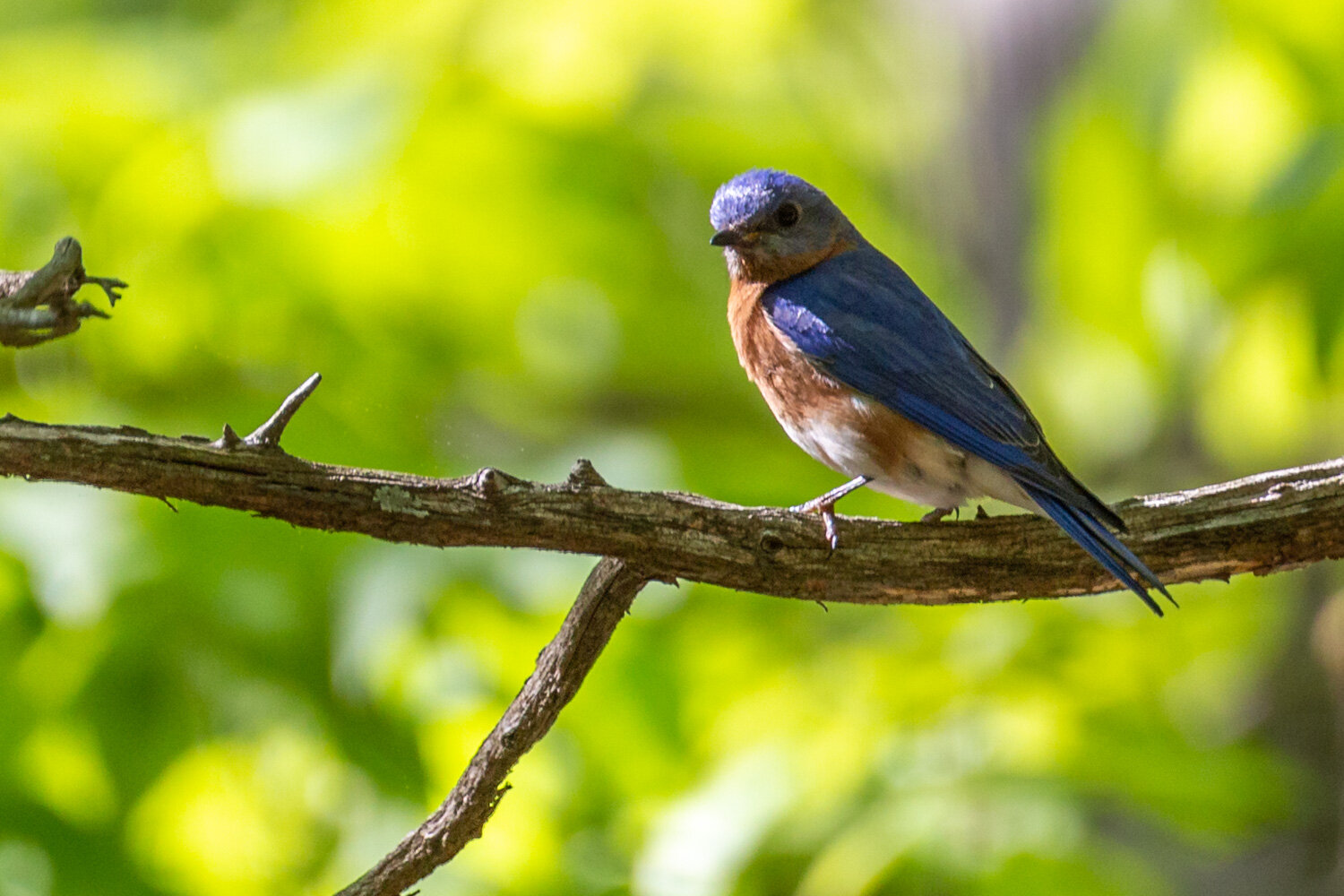
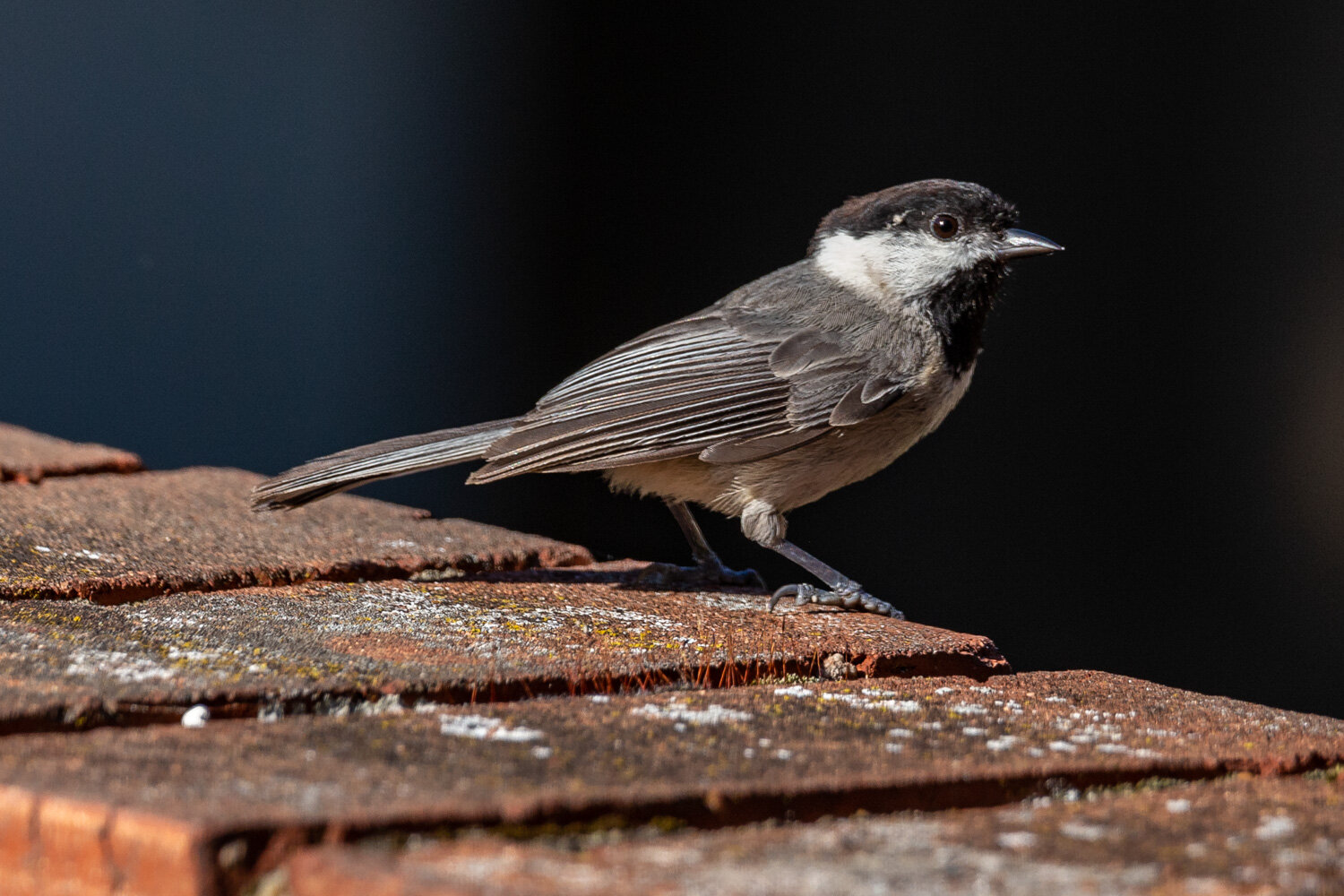
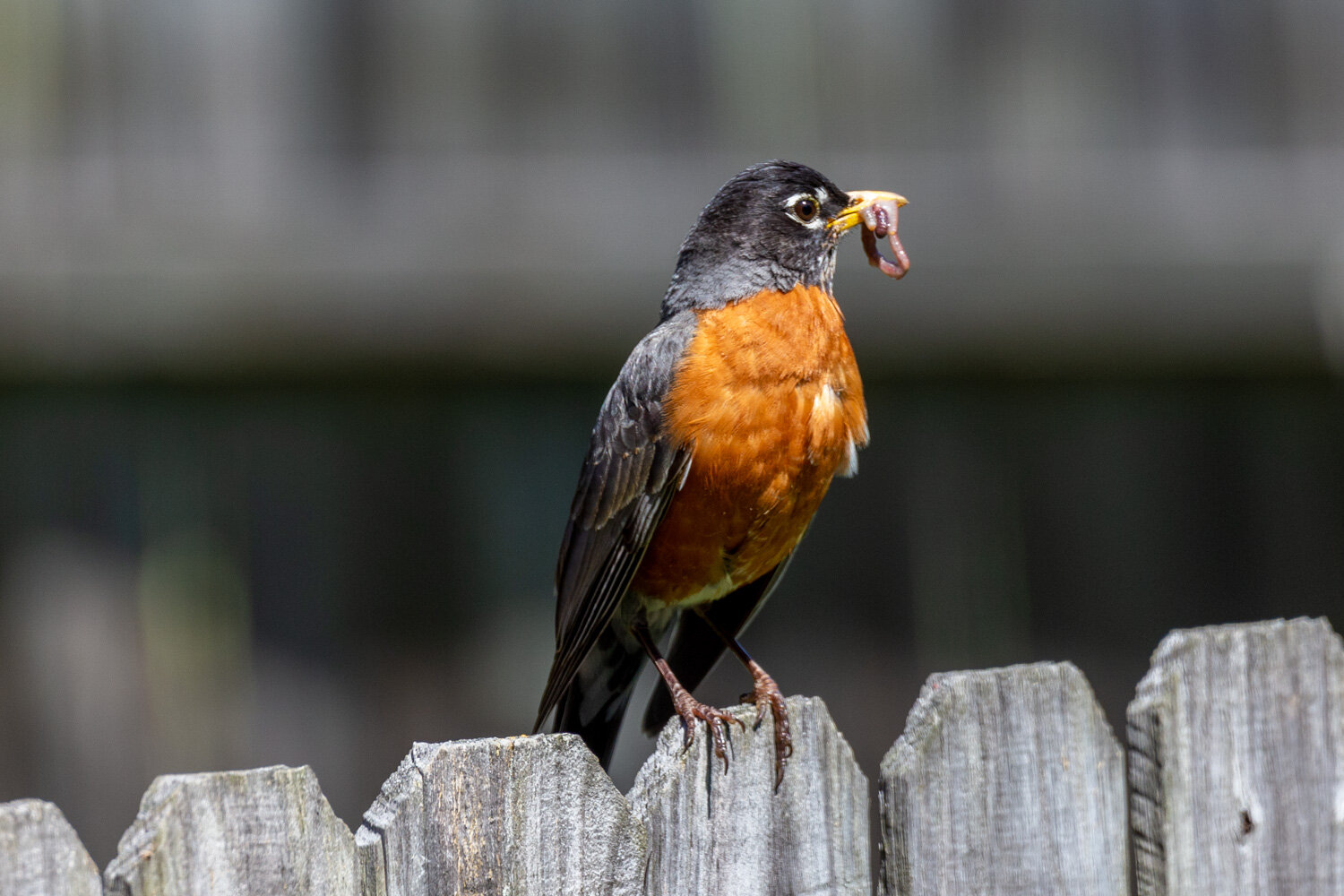
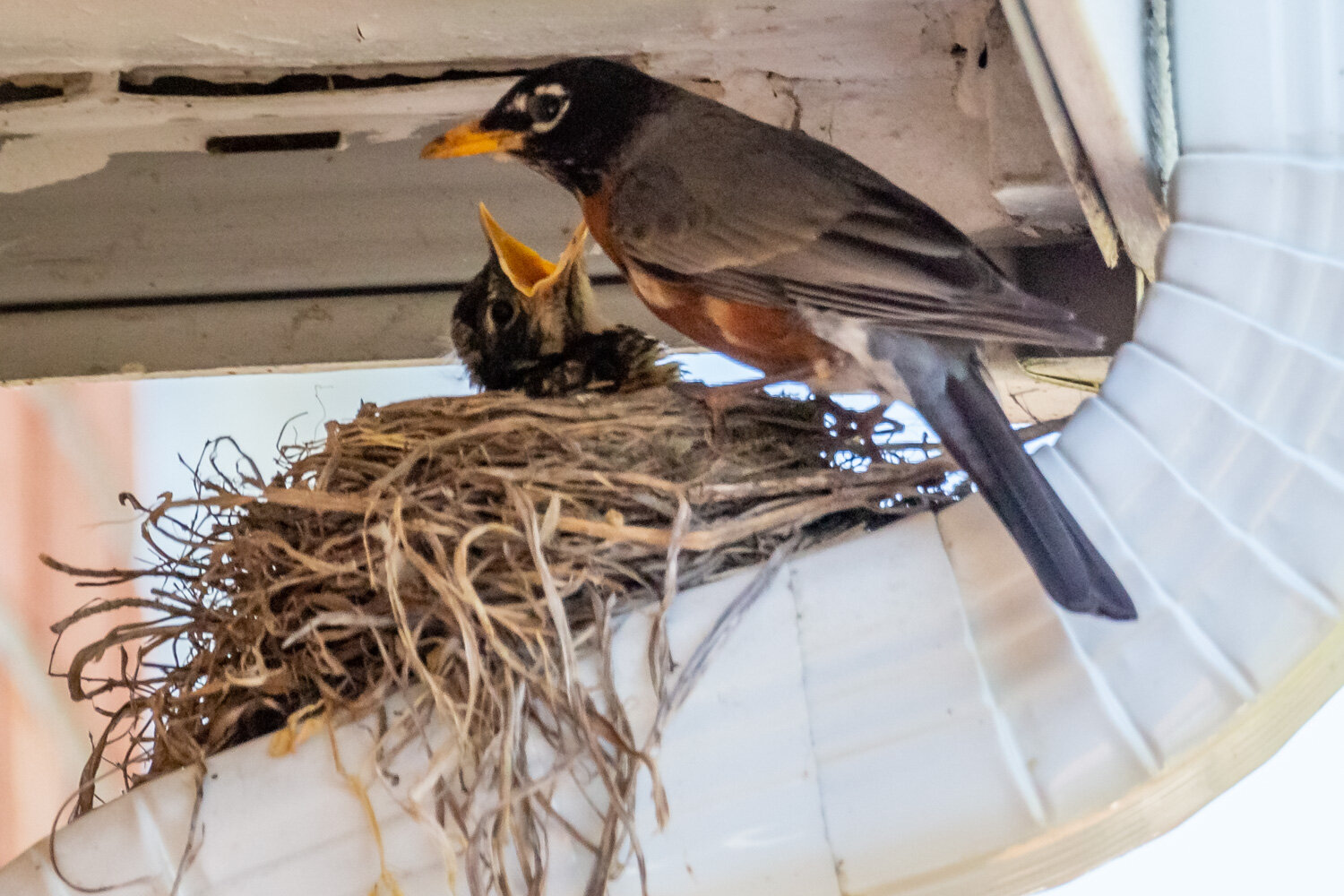
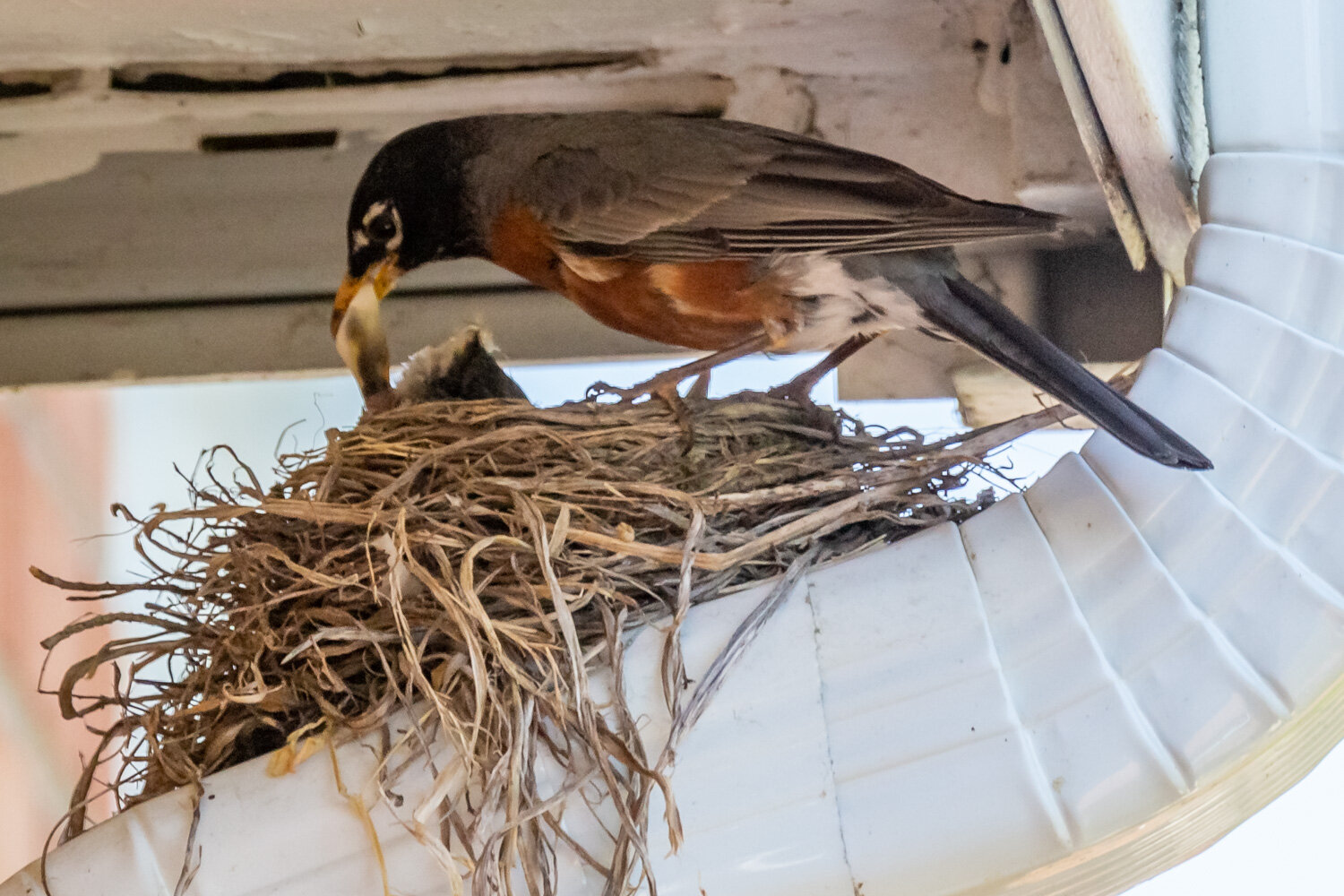
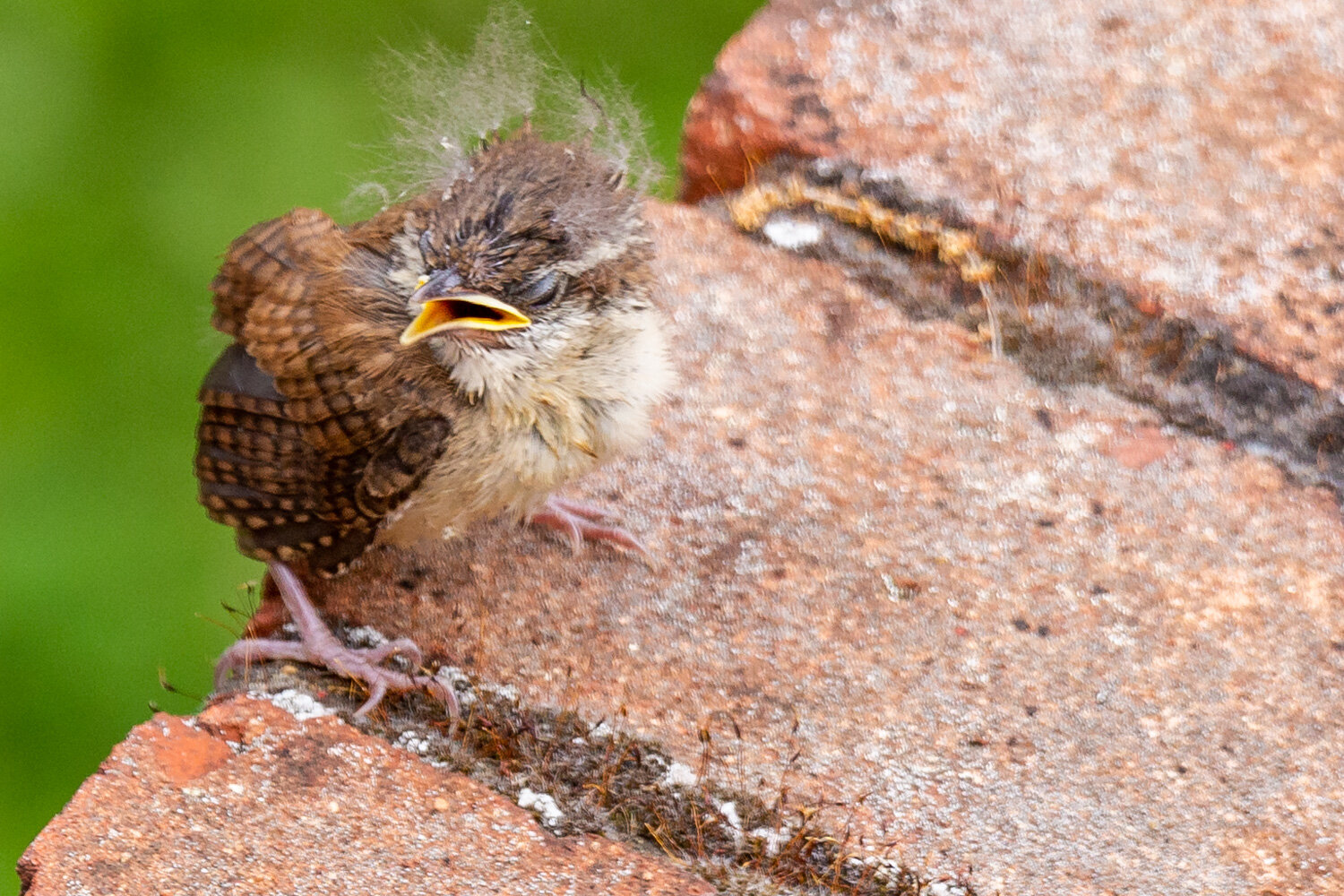

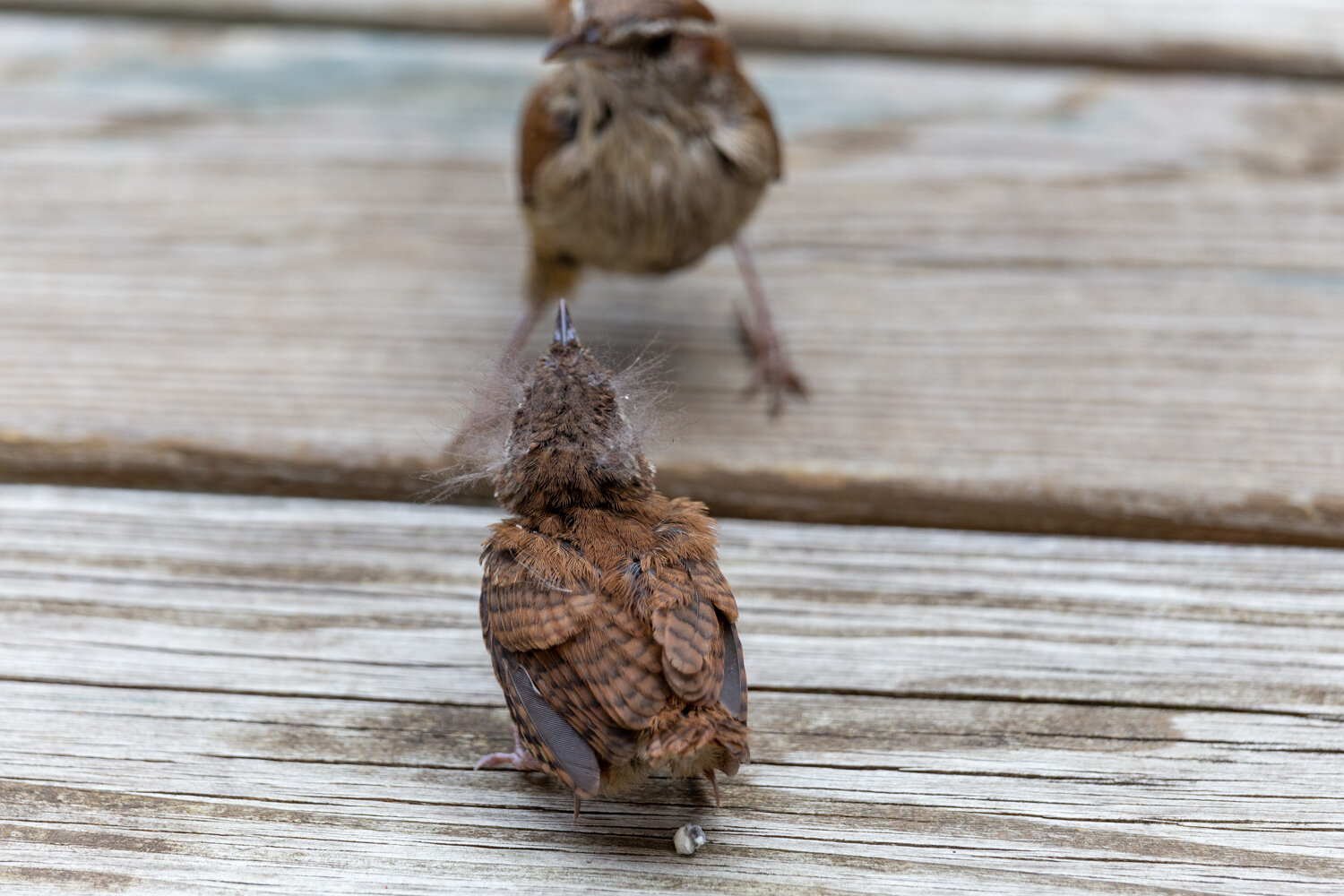
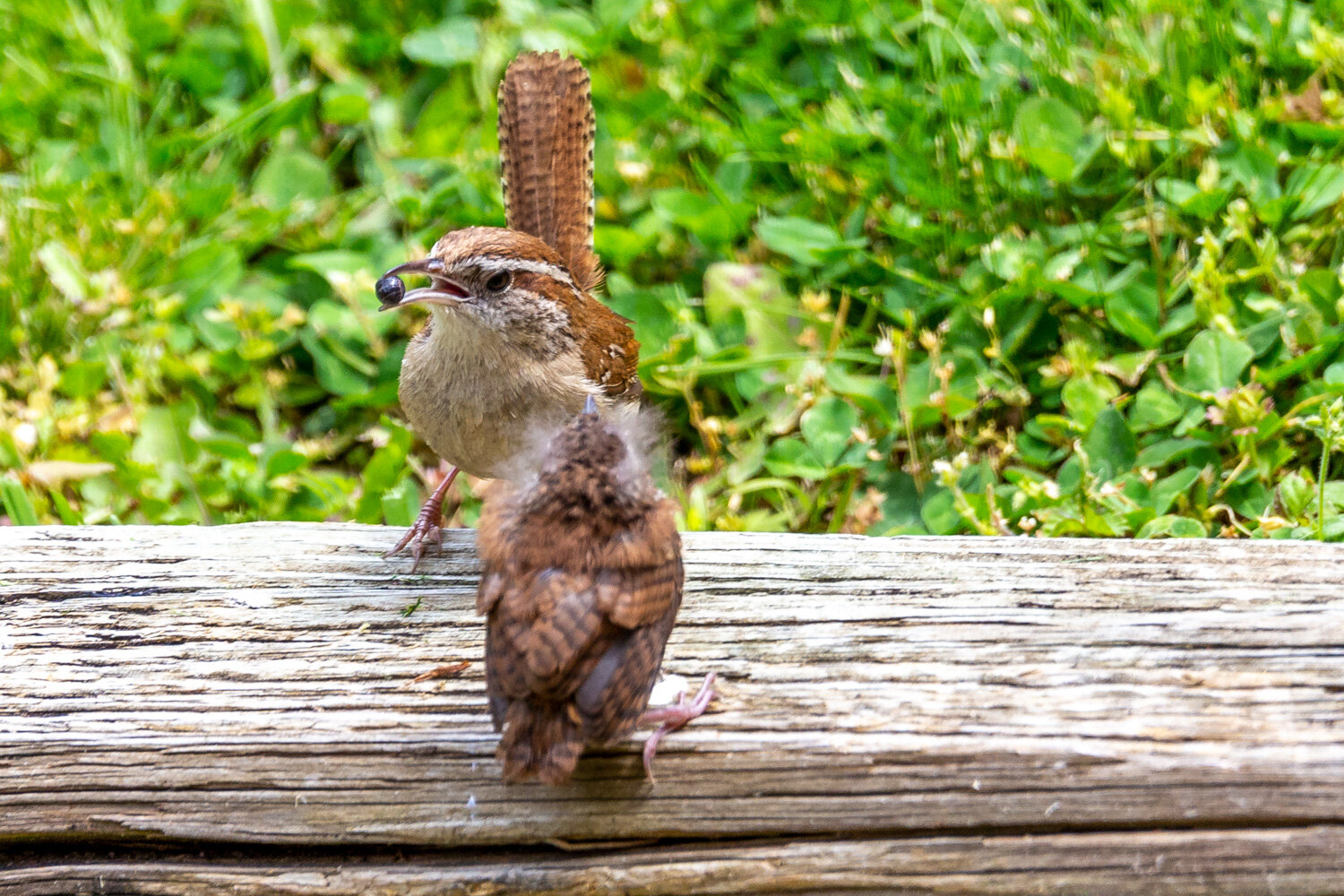
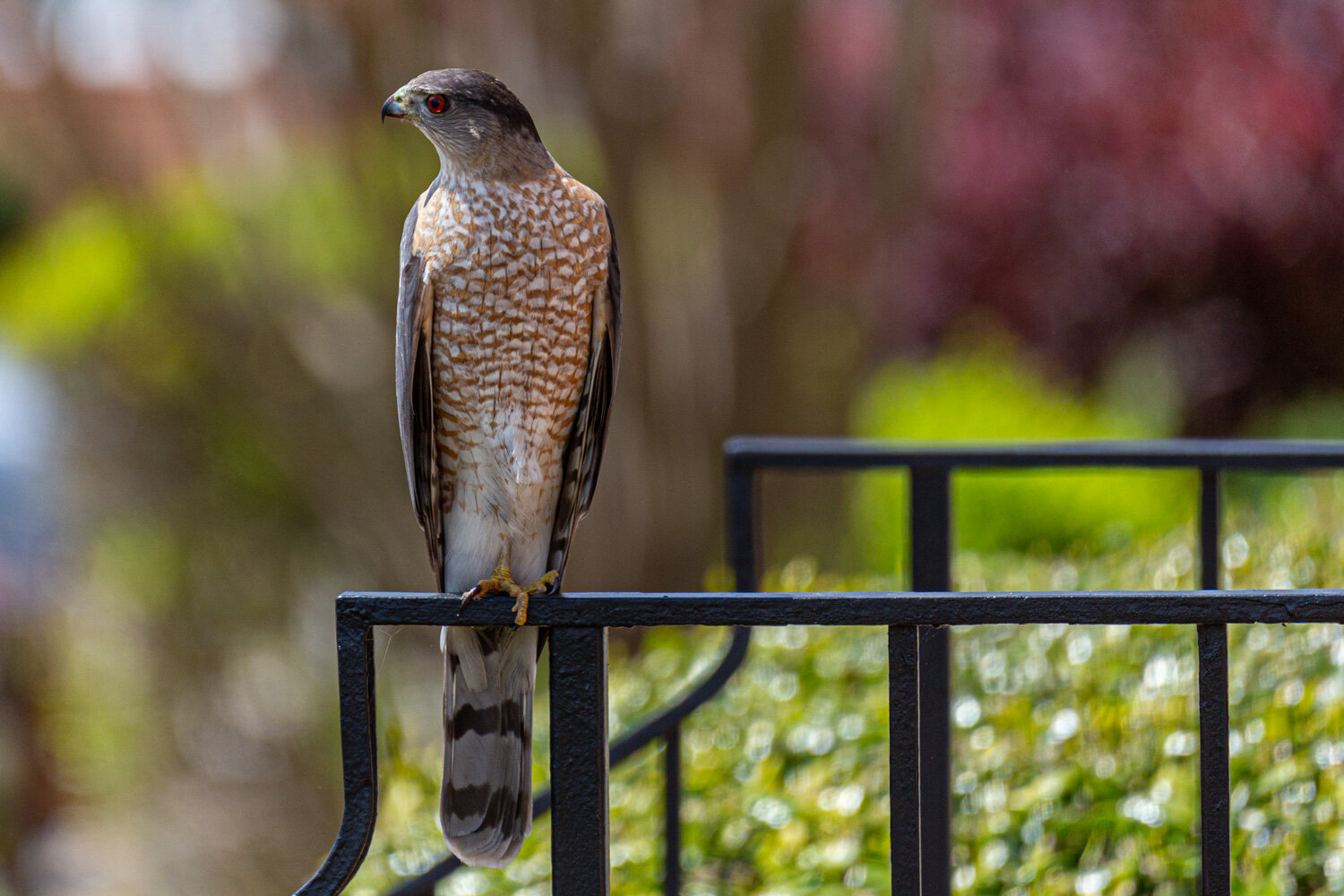
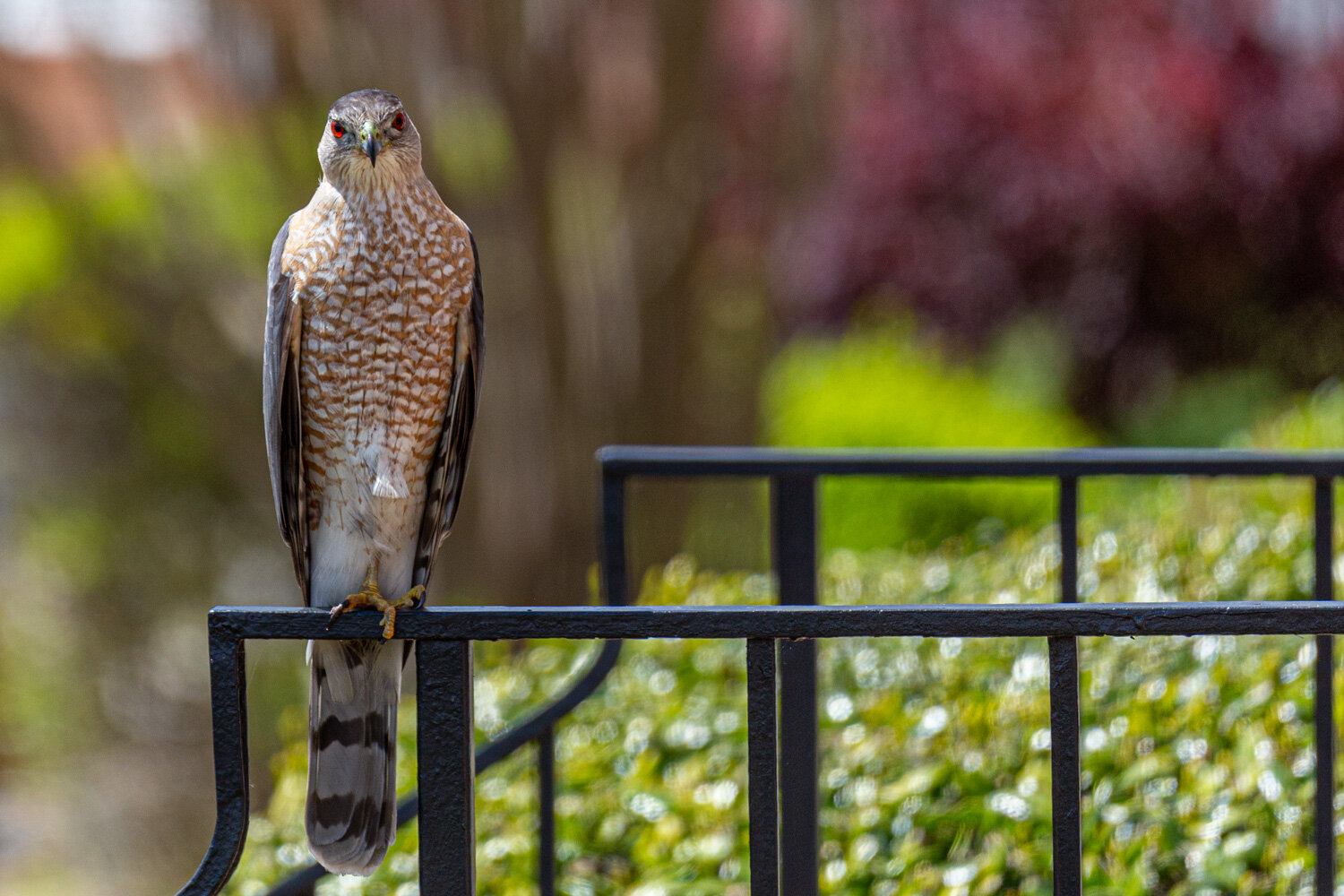
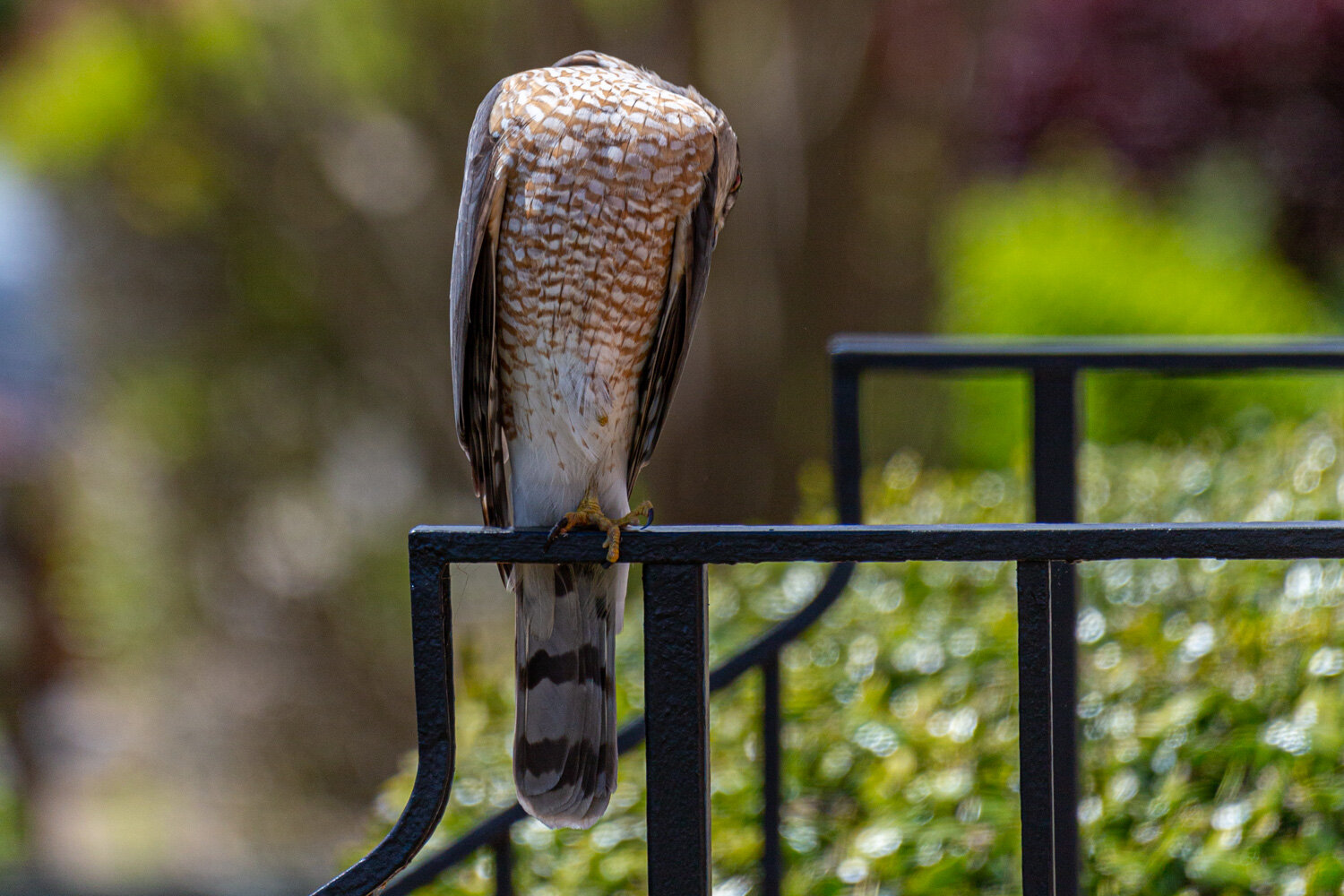
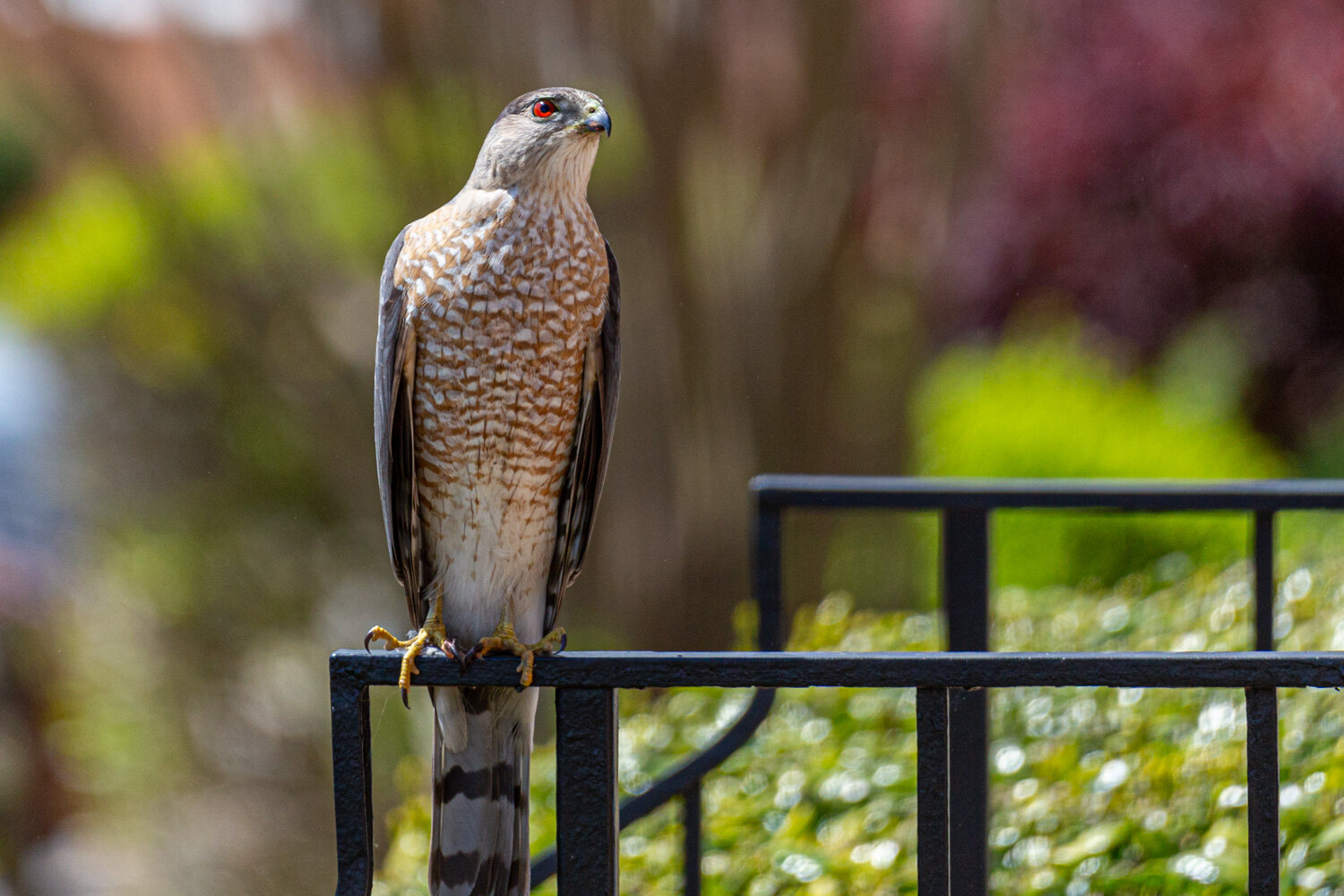
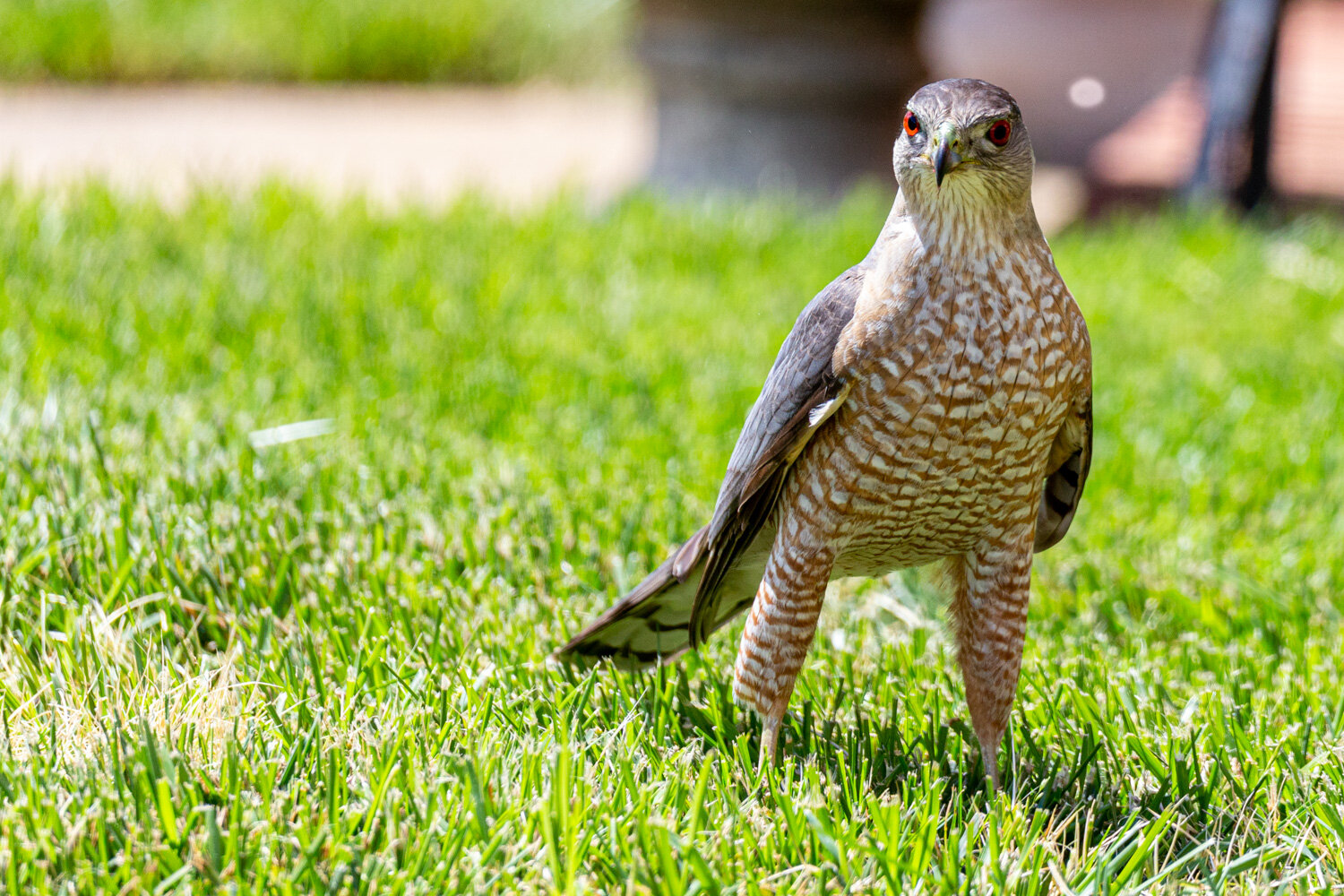
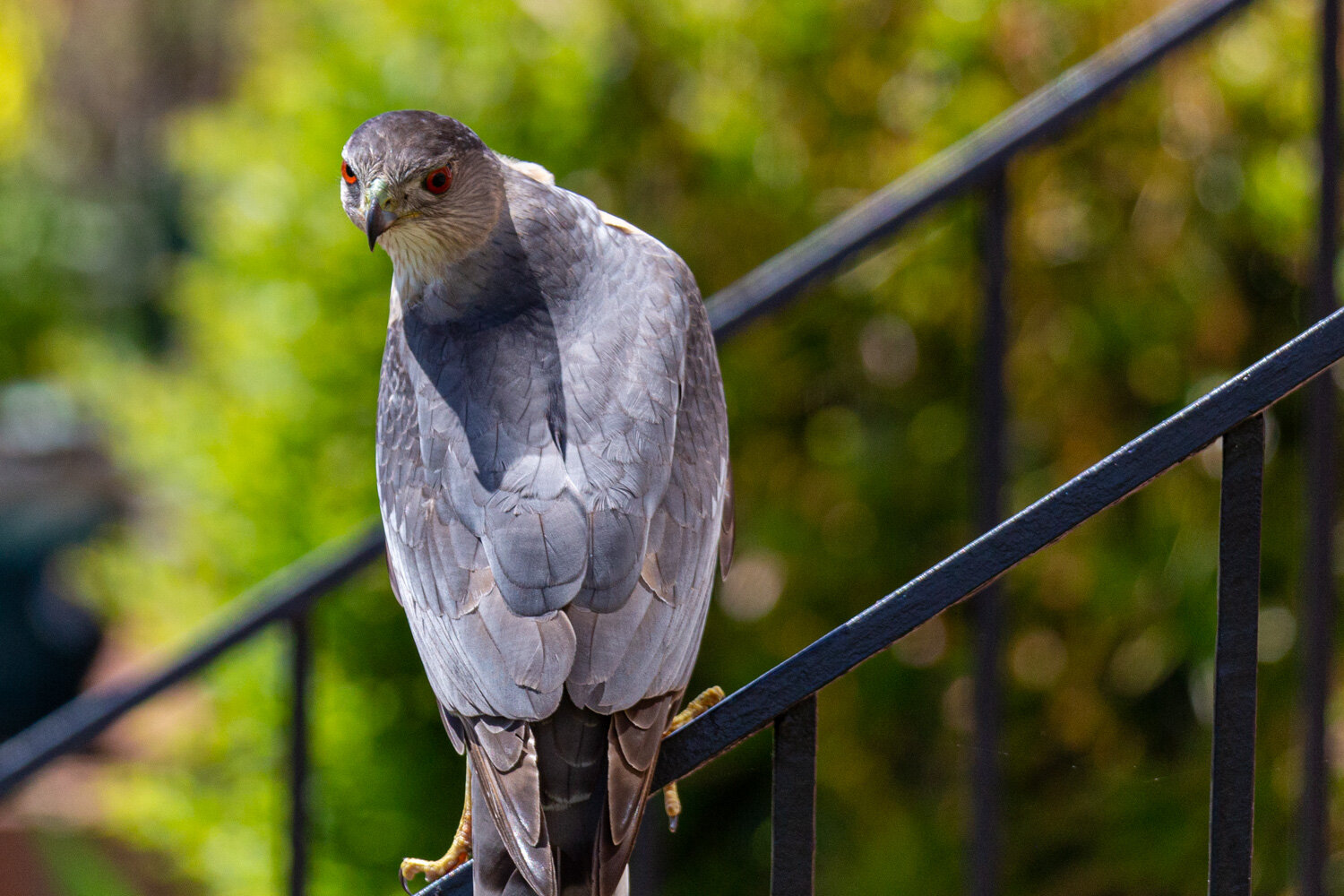

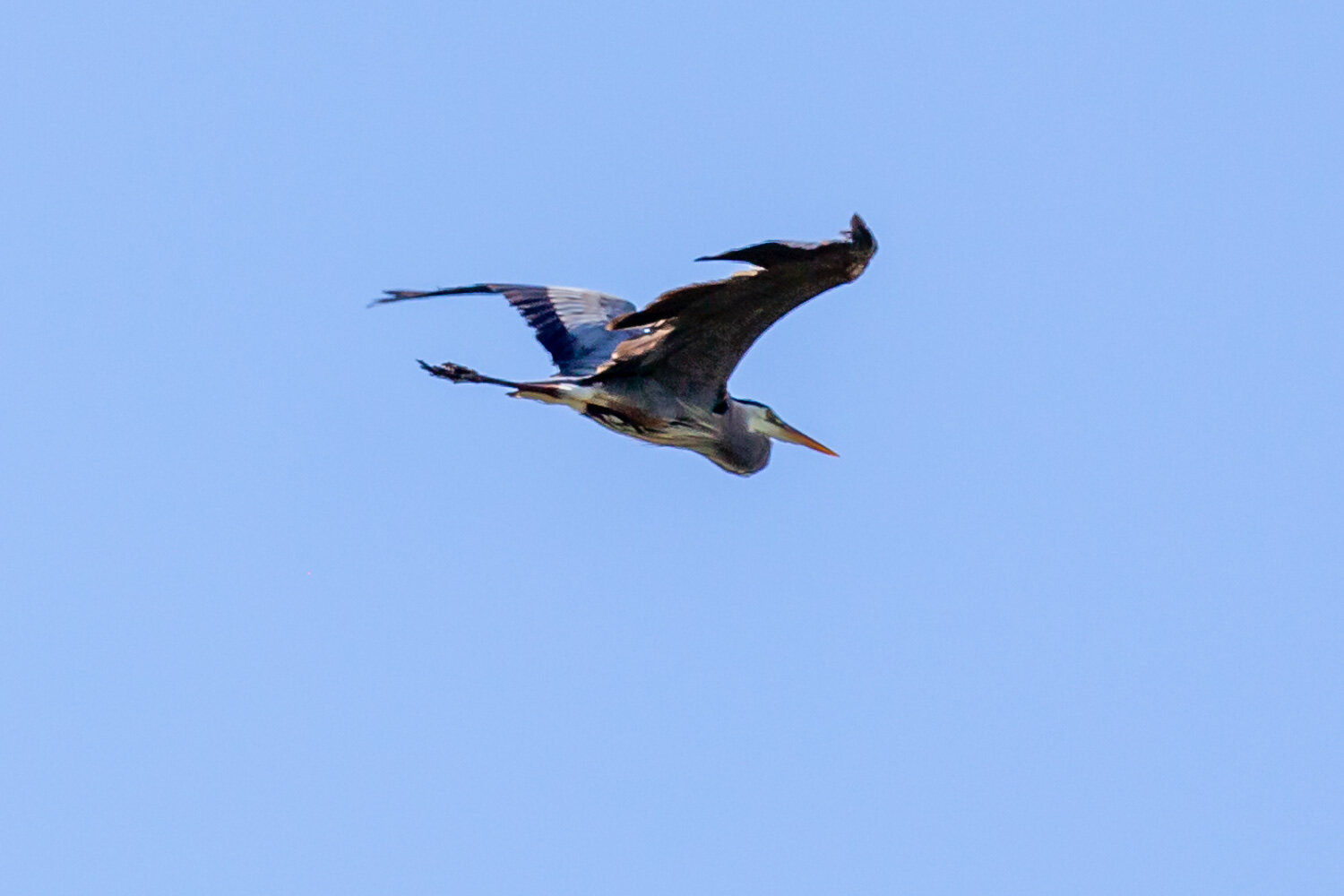
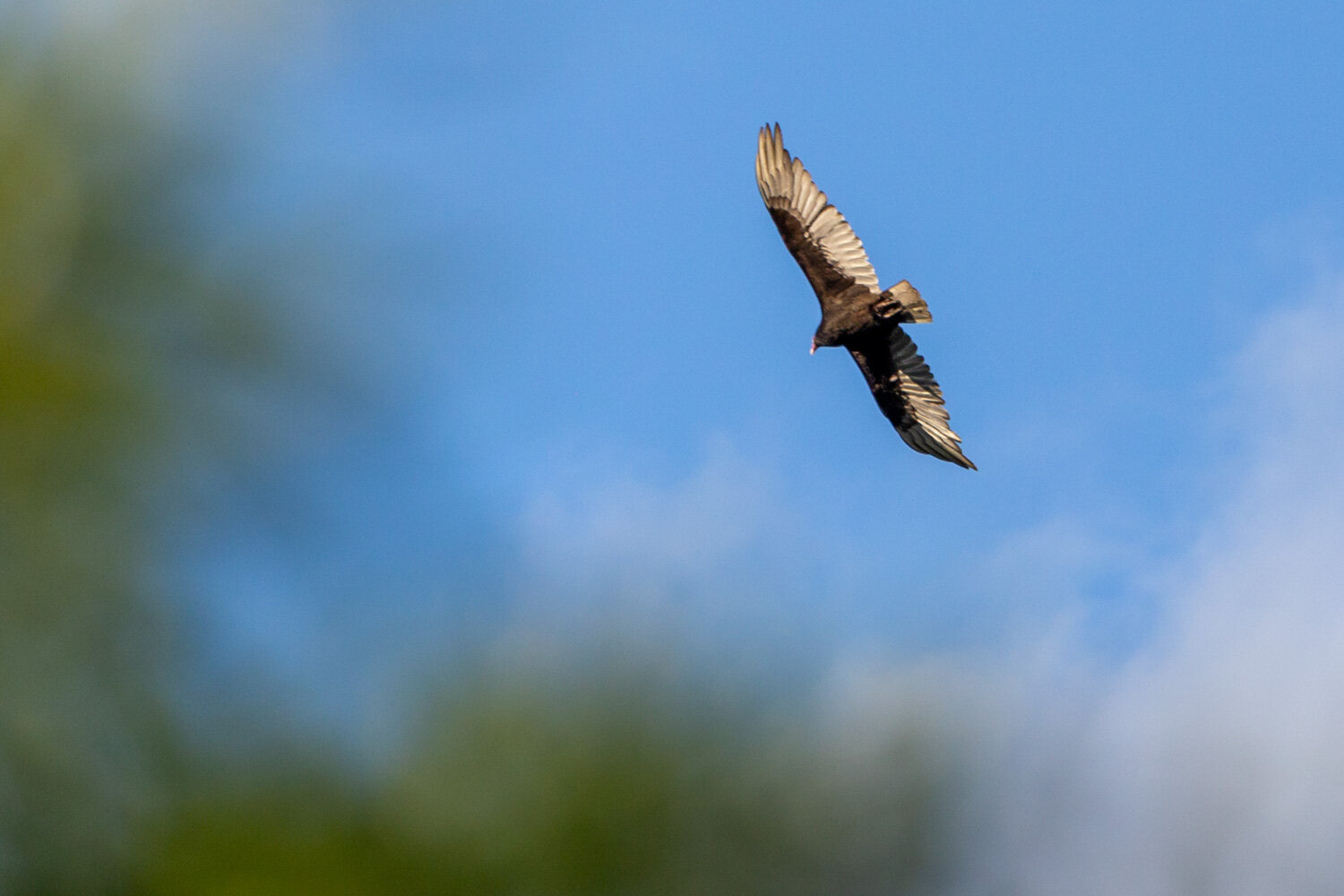
By Stuart J. DuBreuil:
Nature is impersonal, awe-inspiring, elegant, eternal. It's geometrically perfect. It's tiny and gigantic. You can travel far to be in a beautiful natural setting, or you can observe it in your backyard...
– Gretchen Rubin
My time in Yellowstone and Grand Teton National Parks was inspirational. The abundance of wildlife, in their own unique habitat, far exceeded this photographer’s expectations. Now, like most of us, for the last several weeks I’ve been in self quarantine with my wife at our townhouse in the west end of Richmond, Virginia.
So, what’s an amateur wildlife photographer to do? I found that while I couldn’t venture out to find the animals, they kindly came to me. Or rather, I discovered that they had always been around, but that I just hadn’t seen them. Isolation has taught me to slow down and observe my surroundings. As it turns out, the backyards, front lawns, and surrounding grounds and airspace in the neighborhood is teeming with wildlife.
We have a bird feeder on a pole in our backyard, just beyond our deck. We fill it with black oil sunflower seeds, approved by the National Audubon Society – you know, the good stuff, that the birds love. It attracts cardinals, robins, finches, sparrows and other birds I haven’t identified yet. It also attracts squirrels and chipmunks, who can’t get to the feeder directly because we have a conical guard on the pole that prevents them from climbing up. But the birds are generous. While they are feasting at the feeder they also flick out seeds onto the grass and deck so other creatures can share in the banquet.
I witness this activity daily from inside the house, behind the sliding glass doors that lead to our deck. I will peer through the vertical blinds so I won’t frighten off the wildlife, and then take my photos through the glass door. Recently, I’ve found that I can walk out onto the deck, and if I walk slowly with no sudden motion, I can photograph the creatures without scaring them off.
My next door neighbor, Scott, is also a keen observer of wildlife. He is working from home, but seems to have plenty of time to look out the window and spot interesting things going on. He will text my phone to let me know when he sees something that I may want to photograph. He told me about the robin’s nest under his roof gutter, nestled on top of the curved section of the down spout. I was able to get some shots of the mother robin feeding worms to her baby chick.
He also texted me about two other baby birds that were on his back lawn. One managed to fly up onto the brick wall that divides our yards. I carefully followed this tiny creature’s journey as he plopped down onto our deck and walked across towards the other side of our yard. I was outside, taking lots of photos, until he disappeared into heavy foliage. I spotted him squeeze through a small hole in the wooden fence leading to my other neighbor’s yard. Looking over the fence, I could see him meet up with a larger bird, who I assumed was his mother. I’m not sure what type of birds they were, but it was rewarding to see the reunion.
This is only a sampling of the drama that plays out daily in our yards. Sometimes it is life or death. I once saw one of the neighborhood cats on top of the brick dividing wall staring intensely at something on the other side of my deck. There was a chipmunk backed up into the corner against my house and the other neighbor’s brick dividing wall. Suddenly the cat pounced, and in the blink of an eye he had that chipmunk trapped in his jaws. He hesitated for a second and then bounded straight up the brick wall, prey in mouth, and was gone.
By far the most amazing spot by my neighbor, Scott, was outside his front door steps. He texted me to look outside at his front steps railing. There, perched on the black wrought iron railing, I saw a magnificent hawk. It must have been 15 to 18 inches long including the long gray and black striped tail. I had never seen one like it before. I later identified it as an adult Cooper’s Hawk, with it’s reddish-orange barred chest and legs and gray back feathers. The head was capped black, and the eyes were bright red. I grabbed my camera and starting snapping away, hoping he wouldn’t fly off too soon.
Turns out he was not skittish at all, like the backyard feeder birds. In fact, it looked like he was poising for me. With his extremely flexible neck, he moved his head to see in any and all directions, while keeping his body perfectly still. He looked left, right, up, down, and behind and down so the head disappeared completely! When he got bored with that, he flew off the railing onto my front lawn, startling me, so I stepped backwards. From there he pranced across the grass like a runway model, as I snapped away, hardly believing my good fortune. Then in an instant, he flew off.
My neighbor and I would also scan the skies for large birds flying by, like the Turkey Vulture or Blue Heron. Capturing birds in flight with the camera can be challenging, but I’m getting better at it with practice. Scott noticed that a Blue Heron flies over our houses twice a day, in the morning and in late afternoon, going and coming from somewhere close. I’ve been able to get a few good photos of the bird passing overhead.
The life and death struggles of wildlife can remind me of what’s going on outside our little oasis. My wife and I are among the lucky ones. We’re healthy, retired senior citizens and we’ve so far been able to escape the harsh reality of getting sick, like so many others all around us. Just a few blocks down the road is an elder rehab center that has lost over 50 people due to the COVID-19 virus. We try not to forget them, nor the brave medical professionals who care for patients every day while putting themselves at great risk. Quarantine time has given me the chance to slow down, observe, and reflect on what’s important in life; and for that I am grateful.
***

